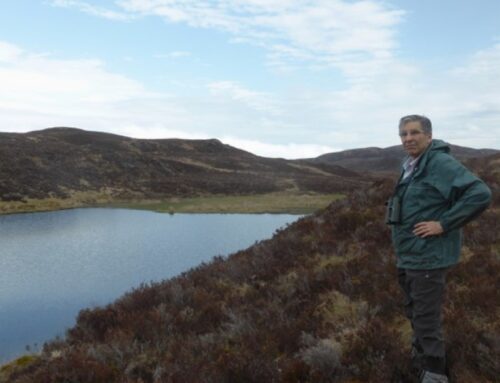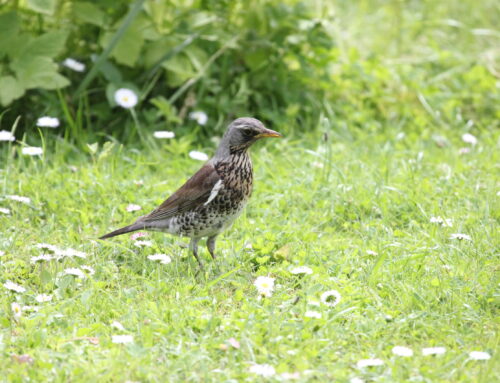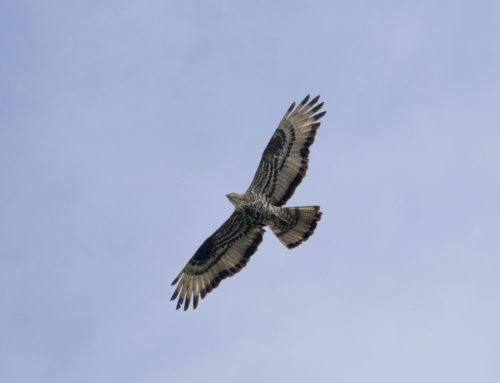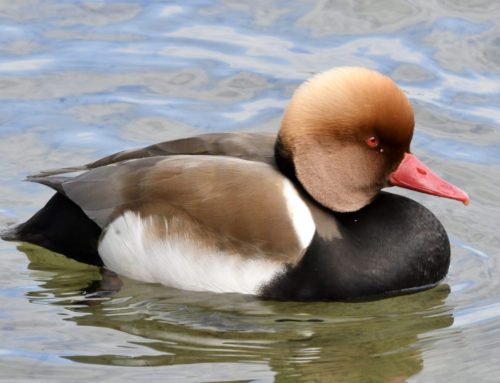The history of European Serin breeding in Britain

European Serin, adult male, Italy (Ian Andrews)
In the 50-year history of the Rare Breeding Birds Panel, we have seen the first breeding records and subsequent colonisation by a number of ‘Mediterranean’ species like Cetti’s Warbler and Little Egret. And in recent years breeding by other species that are southern in origin has increased, e.g. Cattle Egret, Black-winged Stilt and Bee-eater. At least in part, these range expansions into Britain have been linked to our warming climate as conditions here become more suitable while habitat quality further south has become less suitable, due to summer droughts for example. The European Serin is another widespread breeding bird associated with the Mediterranean which first bred in Britain in 1967 and was long predicted to become a regular breeding bird in southern England. But after a short-lived period when breeding became regular in the 1980s and early 1990s, colonisation has just not happened. Why is this?
A short paper published in the July 2023 issue of British Birds, the latest in the ‘From the RBBP Archives’ series, explores the status of the Serin since that first breeding record in the 1960s, and offers some suggestions as to why Serin hasn’t joined the list of colonisers from the south.

Numbers of breeding European Serin in Britain, 1967-2020
The first breeding record came from Dorset where a pair fledged two young in 1967; a second record of confirmed breeding occurred in Sussex in 1969. The RBBP has collated breeding records of rare breeding birds across the UK since 1973, and during the years since then there have been 12 more records of confirmed breeding with further records of possible or probable breeding on 66 other occasions (as shown in the figure above). The majority of records came from Devon where between 1978 and 1995 there were records of 38 pairs breeding or attempted to breed, mainly in the Exeter area. Breeding was not, however, confirmed in Devon after 1985, though singing males and sometimes pairs were reported in most years up to 1995. Subsequently, confirmed breeding was recorded in Kent (1996) and Norfolk (2003). Full details are presented in the British Birds paper (BB 116: 393–399).

European Serin, juvenile, Italy (Ian Andrews)
The last record of confirmed breeding was in 2006, in Devon, when a female was found on a nest. This breeding attempt was unsuccessful because the nest was destroyed during severe storms. Since then, very few individuals have stayed long enough to establish territories. Serins continue to be scarce spring and (to a lesser extent) autumn passage migrants, with records concentrated in the south-east of England.

Trend in breeding European Serin, 1982-2021, from the Pan-European Common Bird Monitoring Scheme
So why did the apparent colonisation fizzle out? It is not clear why Serins stopped returning to their Devon breeding sites but small populations are of course vulnerable to local extinctions. What is clear though, is that the range and abundance of Serins in the near continent has declined in the last 20-30 years. We know this from regular breeding bird censuses across Europe and the second European Bird Atlas, both projects coordinated by the European Bird Census Council. The graph above shows the 57% decline in numbers across Europe as tracked by the Pan-European Common Bird Monitoring Scheme, using Serin data from 16 countries. So it would seem that as numbers in countries close to Britain have declined, so the number of individuals arriving and pairing up has also declined. Suggested reasons for this decline include increased urbanisation of towns, over-maintenance of urban green spaces, reduced food supplies due to the widespread use of herbicides and agricultural intensification.






